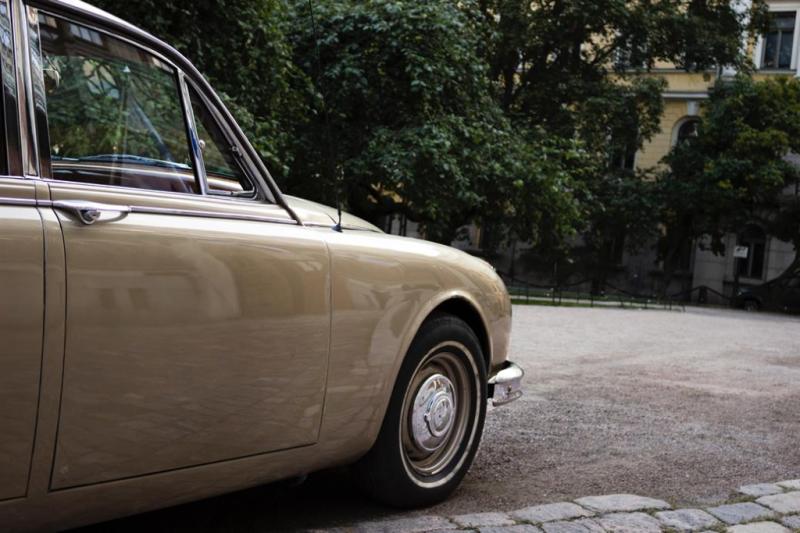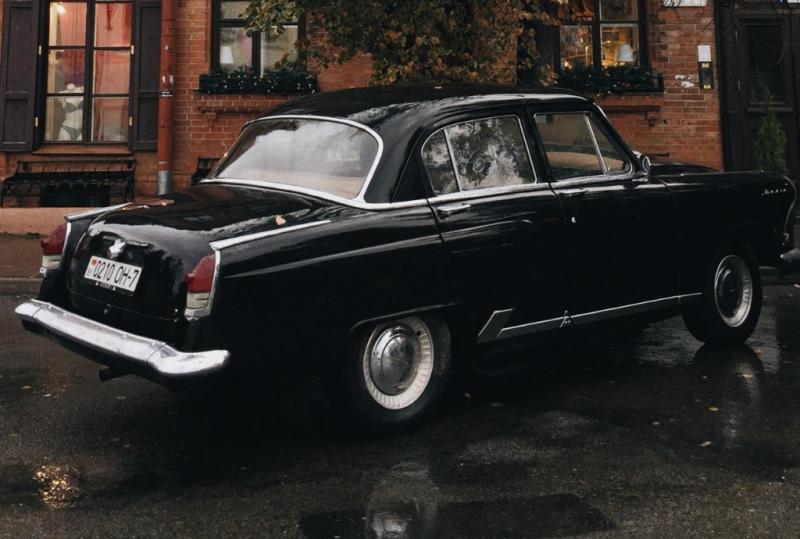How to Tell if Your Car is a Classic

Nowadays there is a great demand for classic cars, with a increasing number of car dealers specialising in selling cars that are described as ‘classics’. There are even separate sections for classic cars on popular online auto selling sites such as Autotrader and eBay Motors.
How exactly do we determine if a car is a classic though?
Those models that are described as ‘classics’ certainly have some obvious traits in common. For example, they are obviously older models and are also ones that are no longer made by the manufacturer. Those available from specialist classic car dealers, such as Inglebys, have also generally been maintained to the original manufacturers specification and preserved in full working order.
It is also true that most classic cars are not generally in every day use any longer with owners tending to keep them for using only on special occasions and for exhibiting, or, of course, purely for their financial value because classic cars can certainly be an investment too.
Most classic models are now relatively rare, which is naturally what increases their value too. Whatever their monetary worth though, to the owners of these cars they are generally precious possessions that they cherish and love. This can be because of the nostalgic air that they have or the memories that they evoke in the owner.
None of this is a very precise definition of what constitutes a ‘classic car’ though. Surely there must be an official definition?
Well, yes, and no…
In the HM Revenue & Customs in the UK defines classics as being vehicles over 15 years old with a list price of at least £15,000, although to be tax exempt, the classic must be at least 40 years old.
In contrast, the Antique Automobile Club of America says that a car must older than 25 years to be a ‘classic’ and that cars over 45 years old are ‘antiques’.
Insurance providers have their own sets of definitions, which again, can vary from one to another.
So, as you can see an exact definition is very difficult to pin down. Perhaps it is easier to day that a classic can be any age as long as it’s older than the majority of other vehicles on the road and was built after 1946 - prior to that, a car is classed as ‘vintage’ – yet another name that is applied to cars of a certyain age.
As we’ve already said, to be a classic a car really needs to be a model that is no longer in production. In addition, in most cases you will find that there is actually some general consensus reached by the motoring community about a model being deemed to be a ‘classic’ and therefore referred to as such.

These then seem to be the main criteria applied to decide whether a car should be referred to as a ‘classic’, or not:
Rarity
Classic cars are no longer produced by the makers and should not commonly be seen on the roads.
Value
As well as how rare the car is, the condition and desirability of it will determine its value. In most cases a classic car will be appreciating in value over time rather than losing value.
Design & Style
Design, styling, engineering, innovation, history, personality.. call it what you will but most classic cars have something that sets them apart from other vehicles. This ‘wow’ factor along with the rarity adds to the value and makes a car more likely to be thought of as a classic model.
Nostalgia
In many cases a classic car modle is associated with a particular era or time in their earlier life. Strong connections with particular locations, events or periods can add to the mystique and therefore the value of a classic motor too.
As we’ve seen then, there really isn’t one definition of ‘classic’ when it comes to cars. It can mean many different things to many different people, yet strangely, when one sees a car that is a recognised ‘classic’ there is usually no doubt about why it is called that.
If you are luck enough to own a classic car you may be on to a good thing too. This is because classic cars have actually been the best investment of any collectible over the past 40 years, outperforming art, books and stamps. This means that classic cars can actually offer a good alternative to investing in stocks and shares for those with the necessary funds. All you need is a keen eye and an appreciation of what makes a ‘classic car’.
More to Read:
Previous Posts:



